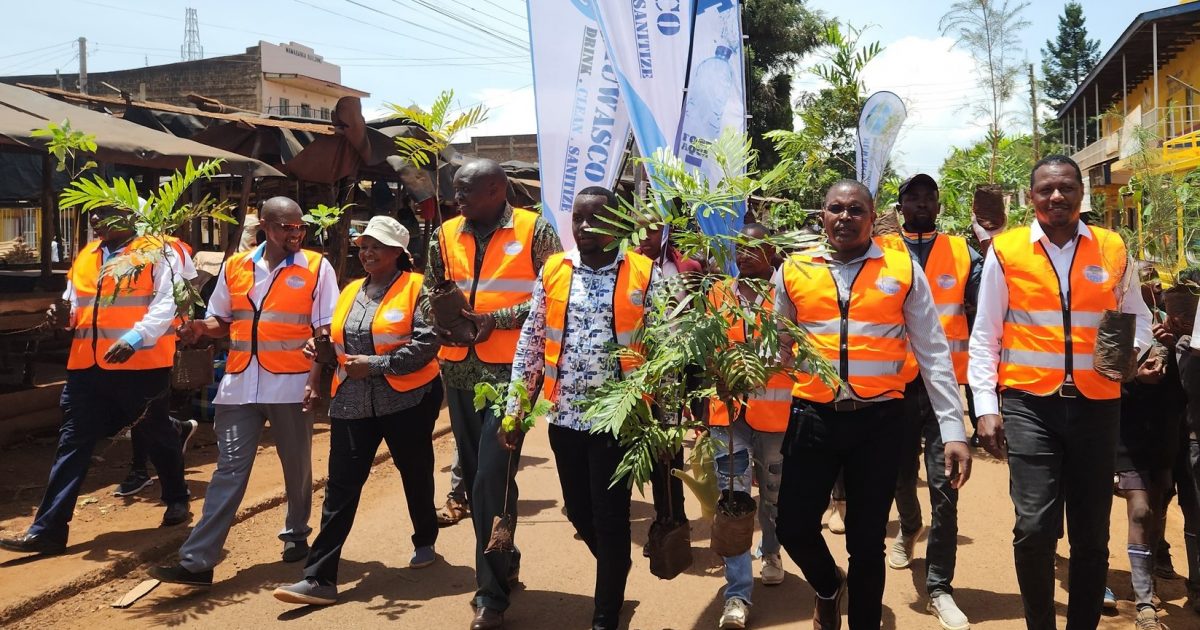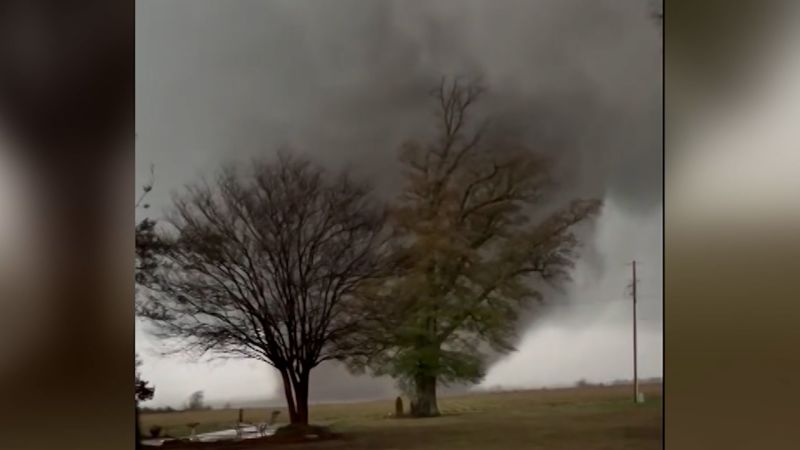
Credit: Telegram/@Brigada83 The tiny drone, attached to a barely visible fibre optic cable, whirs high above its prey hurtling along the highway below. Diving, it suddenly builds up speed, chasing a vehicle packed with Ukrainian soldiers down the muddy tracks of this road of death. As it goes in for the kill, the video feed cuts off ahead of the inevitable.
The R200 road that links Ukraine to its last remaining foothold inside Russian territory is now littered with the carcasses of vehicles like this. Ukraine has all but completed its withdrawal seven months after its surprise incursion into Kursk , and its troops are not, as Donald Trump and Vladimir Putin suggested on Friday, surrounded. But details are starting to emerge of a disorderly and even chaotic retreat, with soldiers forced to hike back to Ukraine on foot and only move at night due to the constant threat of drone attacks .

“We have all the logistics here on [the] highway,” one Ukrainian soldier said. “Everyone knew that the [Russians] would try to cut it.” Credit: Telegram/@rt_russian | Social media/KachtanGroup Mr Trump’s pause on intelligence-sharing earlier this month sped up the Russian counter-offensive to push Ukraine out of Kursk.
But the reality is that Russia first found Ukraine’s weak spot on a night in late December. It was the first time a Ukrainian vehicle was known to have been destroyed in a Russian attack on the R200. What followed was months of intense bombardment as Russia clawed more territory around the road inch by inch, impacting Ukrainian supplies, troop rotation, and morale.
Ukraine’s inability to move freely along the highway was one of the primary reasons its withdrawal was so chaotic in places, according to insiders. Constant Russian artillery and drone attacks left dozens of burnt-out vehicles – and corpses – scattered along the highway, creating so much congestion it became near-impossible to navigate. Some soldiers who were among the last to withdraw from the town of Sudzha, which lies at the end of R200 in Russia, were forced to flee back into Ukraine on foot.
One unit commander told The New York Times it took his unit two days to hike 12 miles from their positions in Kursk back to the Ukrainian border . By the time they had got back to the Ukrainian border, the positions they left had been filled by the rapidly advancing Russians. Russian forces soon closed in on the highway, attempting to cut off Ukrainian troops entirely, leaving little opportunity for an orderly withdrawal, according to some accounts.
“This again came as a surprise to our command,” one soldier said on Telegram. Indeed, there had been warnings. ‘Could turn into a disaster’ On March 8, one Ukrainian military blogger wrote: “The situation in the Kursk region is very difficult and could turn into a disaster if we don’t act urgently to clear the logistical routes.
” On March 9, a Russian FAB-3000 glide bomb was dropped on a bridge near the village of Kazachya Loknya in Kursk, which had been controlled by Ukraine, in a strike on Ukrainian supplies. Credit: Telegram/@The_Wrong_Side Three days later, as Ukraine tried to prevent the road from being completely shut off, the area was overwhelmed with Russian fibre optic drones. The drones, which are flown remotely 12 miles away from their intended target, have a short range but are immune to Ukrainian jamming.
Two or three drones would pop up within a minute, one soldier said, either exploding in front of a vehicle or dropping onto the floor and acting as quasi land mines. Eventually, Ukraine’s commanders ordered their units to retreat. “We almost died several times.
Drones are in the sky all the time,” the soldier told the BBC. Another soldier likened the withdrawal to “a scene from a horror movie”, with vehicles constantly being destroyed and some soldiers being killed in transit. “The roads are littered with hundreds of destroyed cars, armoured vehicles and ATVs (all-terrain vehicles).
There are a lot of wounded and dead,” another soldier said. Some Ukrainian troops are angry that commanders did not order them to withdraw weeks ago, when it would have been safer. One soldier said they were unsure how commanders were going to evacuate the region “because all supply chains have been disrupted”.
Questions over the withdrawal raise further doubts about the rationale of the whole Kursk operation. Russia’s bombardment of the R200 highway was not the only reason for Ukraine’s difficult withdrawal. A significant factor was Mr Trump’s decision to pause intelligence sharing with Ukraine, according to one soldier, who said he could no longer fire US-supplied HIMARS rockets.
“We could not allow expensive missiles to be fired at the wrong target,” he explained. The reintroduction of North Korean troops , who had been withdrawn from the battlefield in January, also put defensive lines under intense pressure. They were initially killed in droves, and withdrawn, before returning as a highly effective fighting force.
“Many of them executed very smart tactical manoeuvres,” Boroda, an assault platoon commander, told The New York Times. Russia’s breakthrough moment in Kursk came when troops snuck behind enemy lines and walked for miles through a disused gas pipeline, from which they launched a surprise assault. Ukraine claimed to have struck the pipeline, causing high losses for Russia, though the attack is thought to have contributed towards Kyiv’s decision to pull back its troops.
However, at no point were large numbers of Ukrainian troops encircled, according to those on the ground. “It’s a lie,” said Kriegsforscher, a Ukrainian drone operator who fought in Kursk. “The retreat was generally organised but occasionally chaotic,” he said.
“There is no threat of encirclement, and no evidence suggests otherwise.” Some reports suggest Ukrainian troops may have even been allowed to flee on foot. “Basically, Sudzha’s taken, the Ukrainians are retreating, and we’re f------ told not to touch them.
Let them carefully slip out through the fields,” one Russian soldier said in a video posted on Telegram that could not be independently verified. Vladimir Putin had promised to spare Ukrainian forces in Kursk if they surrendered, though the Russian president has a history of making such a promise before ordering an ambush, as occurred during the invasion of Crimea in 2014 . On March 16, about two weeks after the start of Russia’s counteroffensive, Ukraine’s general staff finally confirmed their full withdrawal from Sudzha, days after Moscow claimed its capture.
Now Ukraine’s attention has turned towards protecting Sumy after Volodymyr Zelensky , the Ukrainian president, said Russian troops were amassing at the border ahead of a fresh assault. “We continue to hold positions on the Kursk front,” Boroda said. “The only difference is that our positions have shifted significantly closer to the border.
” The threat of another invasion of Sumy , from which Russian forces retreated in 2022, has sparked fear and anxiety amongst the local population but there is no sense of an imminent evacuation. “The situation is really tense,” Liza Sherstyuk, an aid worker in the region, told The Telegraph. “Residents in the city are very anxious, drones are shot down every day.
The enemy forces are right on the border of our region...
we are constantly asking people if they want to leave, but as of now, nobody does.” Broaden your horizons with award-winning British journalism. Try The Telegraph free for 1 month with unlimited access to our award-winning website, exclusive app, money-saving offers and more.
.















